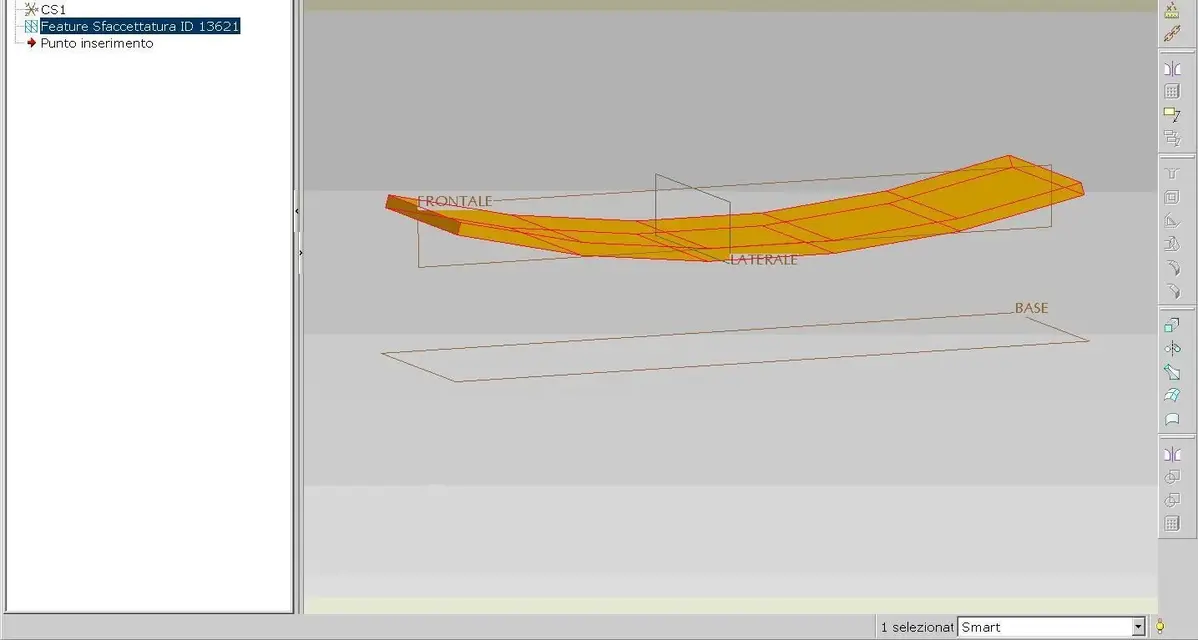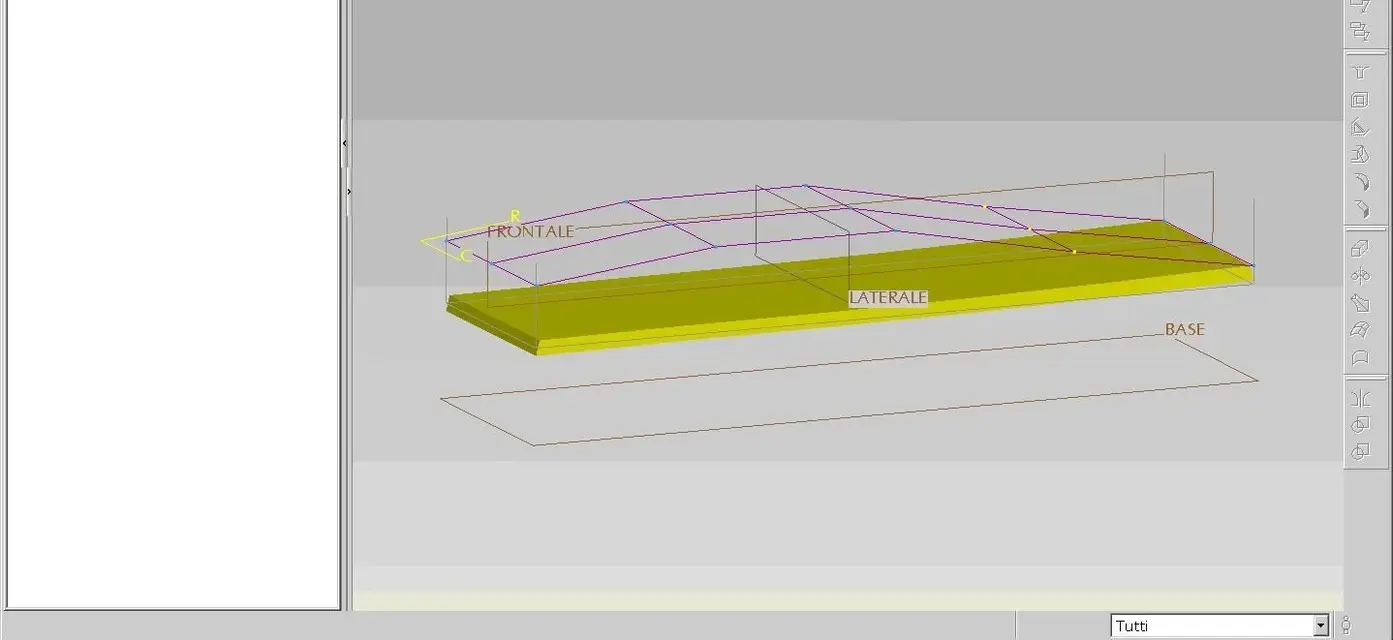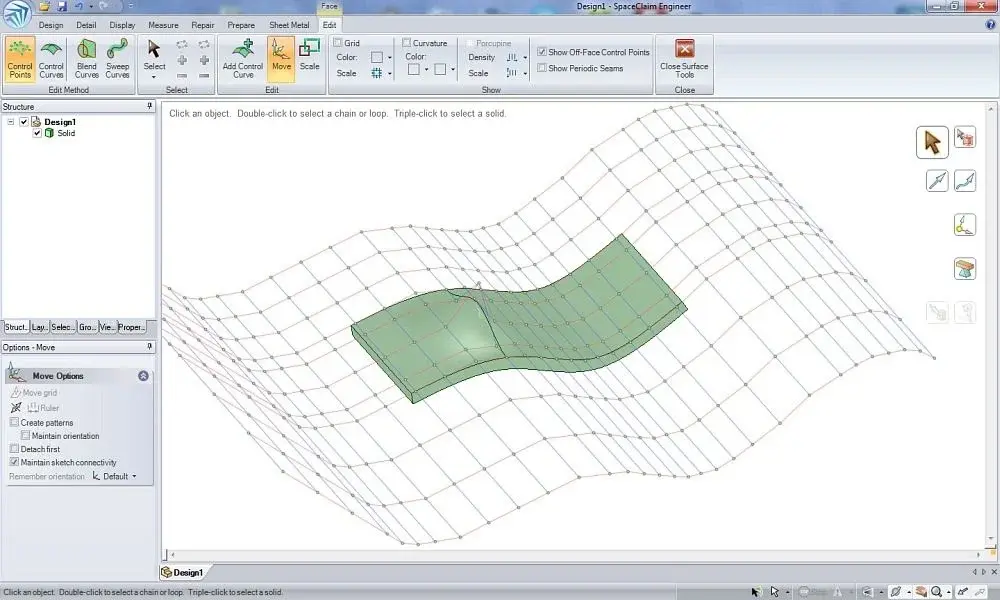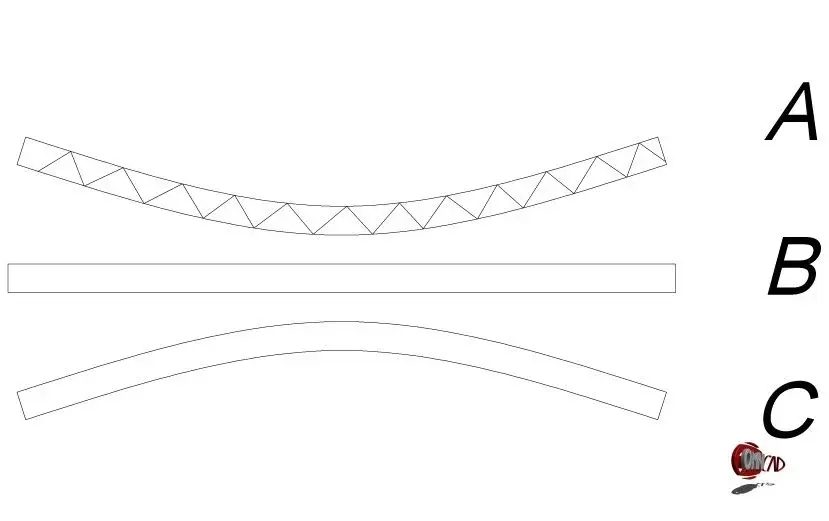Matteo
Guest
hi, the demo is not mine (it is from de), in fact I do not like demos where "everything is always good" (there are those who make demos with powerpoint ...) in fact when a customer asks me information about sc I answer that the best thing is to apply the software to a concrete case.hi matteo, a small note that is classic for video-demo.
It is easy to work on an export stl, problems arise with scan stl in which you do not have precise references and often details to scan are deformed (almost always in the abs loaded for the engine compartment).
How do you do this to avoid madness? (taking measures on a piece board is suicide)
in these cases there are various approaches to follow: if the destination is a model for the calculation fem or I only refer to the points of the championship model building me a reasonably precise geometry, or I use one of the many spaceclaim plugins (in this case in common with rhino) dedicated to the calculation fem starting from stl "difficile" geometry (e.g. scano&solve). if instead I need a very detailed "smooth" geometry there are plugins that are based on the interpolation of a cloud of points to build a surface (e.g. sycode for spaceclaim). in summary (no problem to specify it): in complex cases the basic license is not enough, but there are possibilities for expansion.
I don't understand. If you have any examples to attach, I'll think about it.I'll throw it there.
a spline guide?
Bye!




